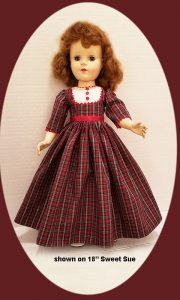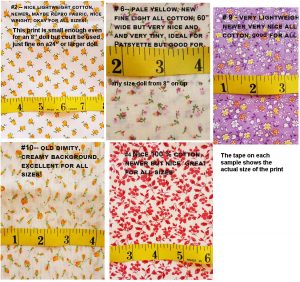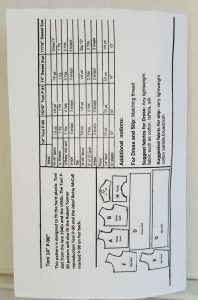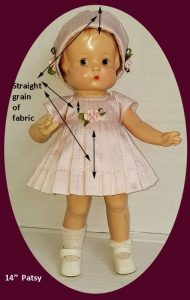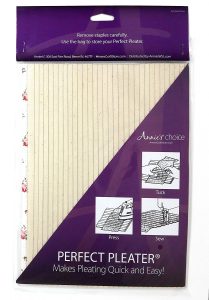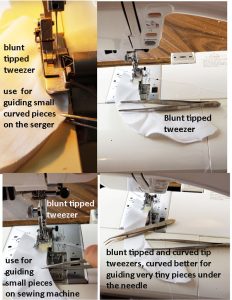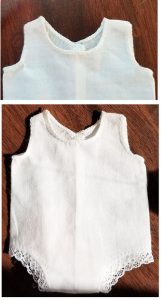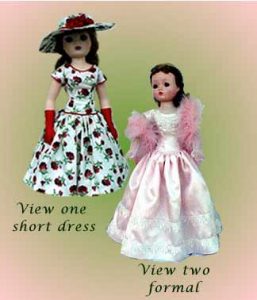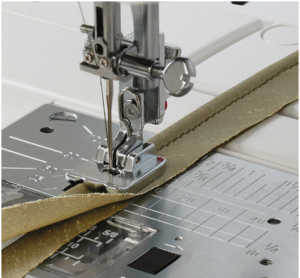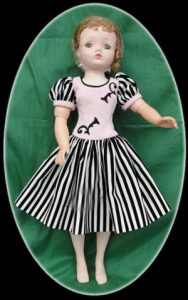Because of illness, I am liquidating a 70 year accumulation of fabrics, trims and goodies in my sewing room. I am unable to sell by the yard as there is simply too much of it! So all items will be by the “piece” listed. Because there will be BARGAINS, I have to have a minimum order! It takes just as long to pack and ship a $3 item as it does a $30 item, and because there is so much to photograph and put on the site, I have to conserve time as much as I can. Thank you for understanding!
If you like this kind of stuff, put the site on your favorites and keep checking in, I am spending every day photographing and listing things. Eventually there will be great doll size trims , fabric and lace among other things on the site! Thanks for looking.
